With the start of the first working day after the New Year holidays, Japan and the United Kingdom are getting down to post-Brexit business this Monday morning.
A trade deal between the two nations officially came into force on January 1st, and should, if enacted as intended, guarantee one of the longest trade deals in the past 50 years carries on largely as before, albeit with additional benefits for both sides.
In time London also hopes to join the regional Trans-Pacific Partnership (TPP) free trade agreement with Japan’s help, and Tokyo is keen to continue trading goods produced in a host of UK-based factories with continental Europe – even with increased regulations now in force on cross-Channel movement of goods and people.
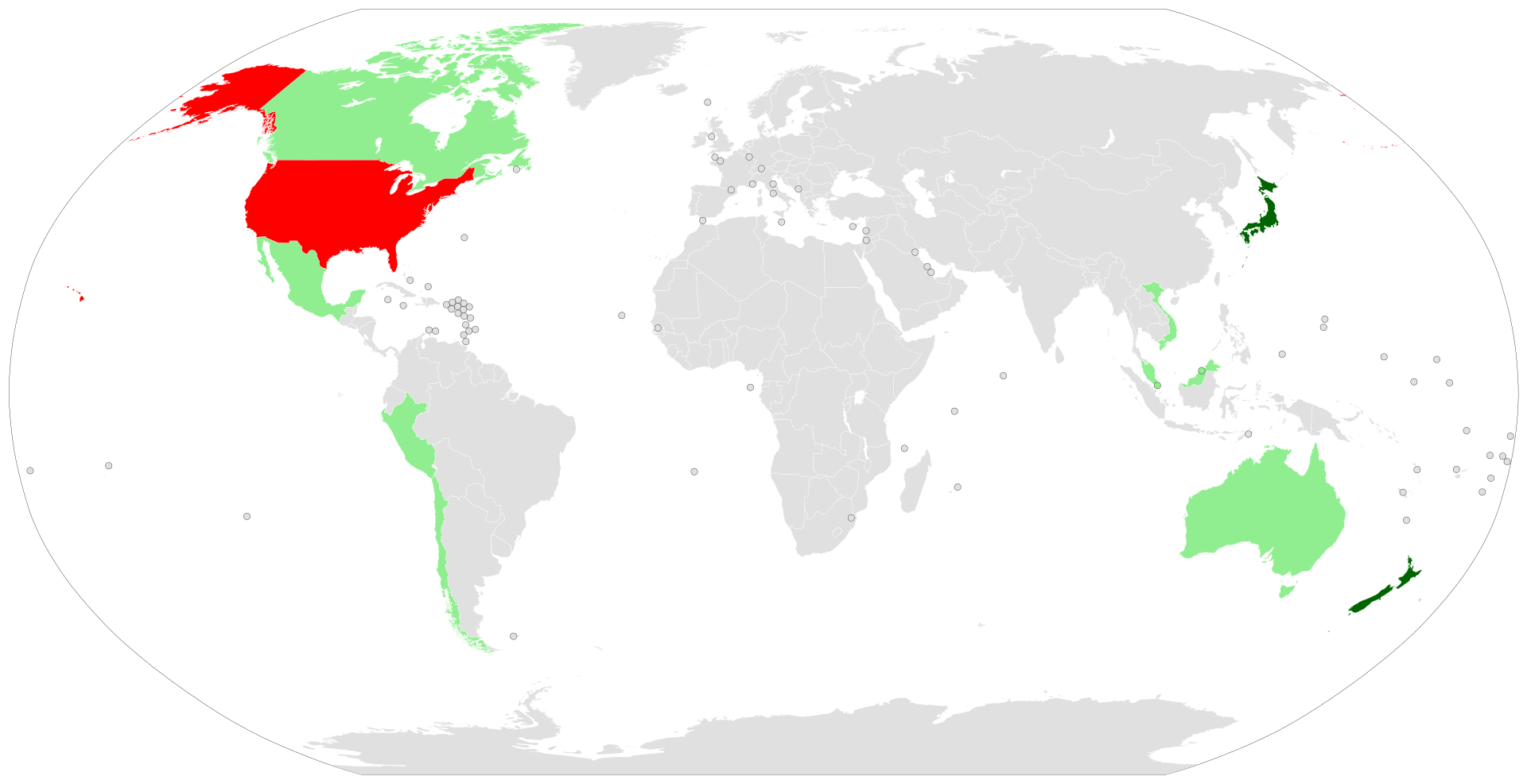
The two nations announced their new free trade agreement in October last year to much aplomb amidst a flurry of naysayers claiming the UK would be brought to a standstill in the days after January 1st as ports were closed off and trade with the outside world dried up.
None of the forecast negativity has come to pass, however, and the Japan-EU FTA starts its first full working week most notably with almost all duties on Japanese agricultural items having been removed for imports into the UK, and the initiation of a slow reduction in tariffs, eventually to zero, on Japanese motor cars by 2026.
Viewed from London, the FTA struck with Tokyo was both symbolic – being the first with a major global economy after the UK left the European Union – but also a significant marker on its way to joining the TPP.
The UK is one of nine nations to have expressed interest in boosting the ranks of the TPP.
London said the deal with Tokyo, is a major stepping stone in its hopes to join the TPP.
The Pacific-wide trading body is made up of 10 other nations besides Japan, including regional powerhouses Vietnam, Malaysia and Singapore in addition to Australia and Canada; nation’s the UK is already tied to by way of British Commonwealth links.
The United States – an early proponent of the TPP withdrew from the bloc in 2017, under President Trump, but is expected to rejoin under incoming President Biden.
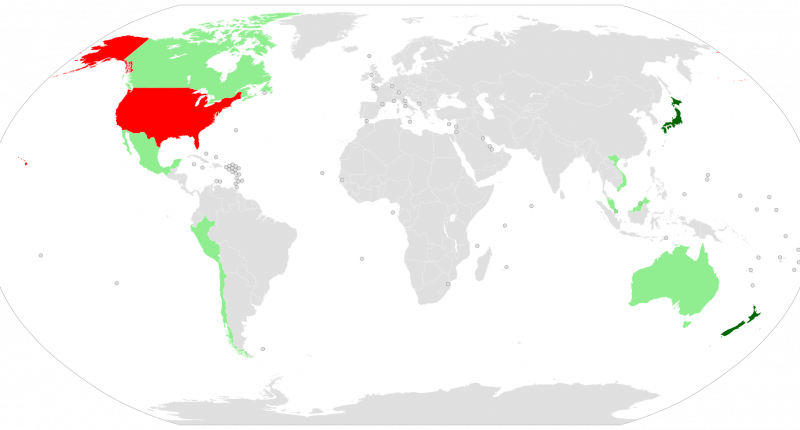

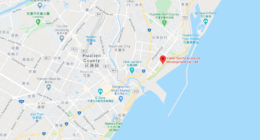
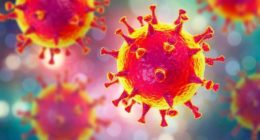
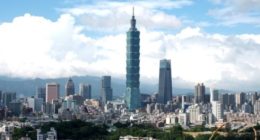





Comments are closed.